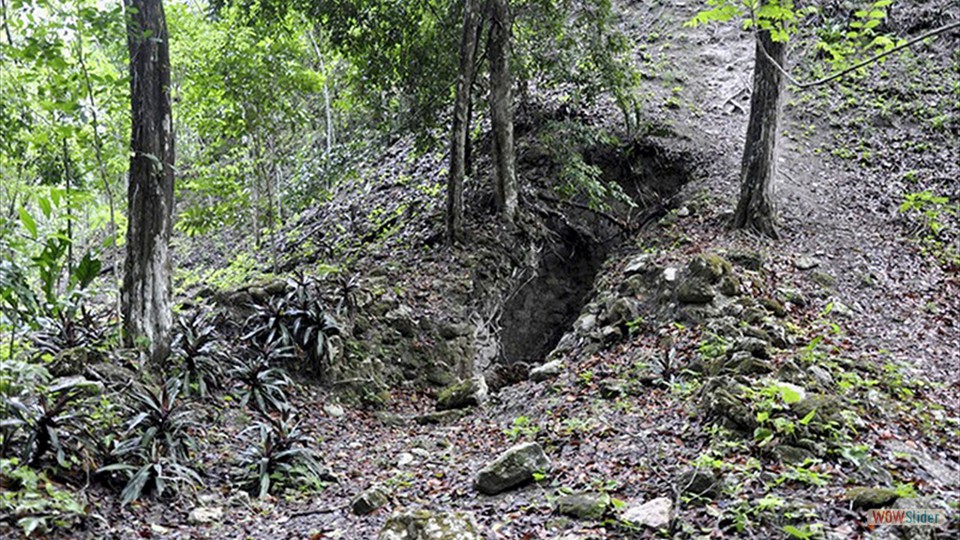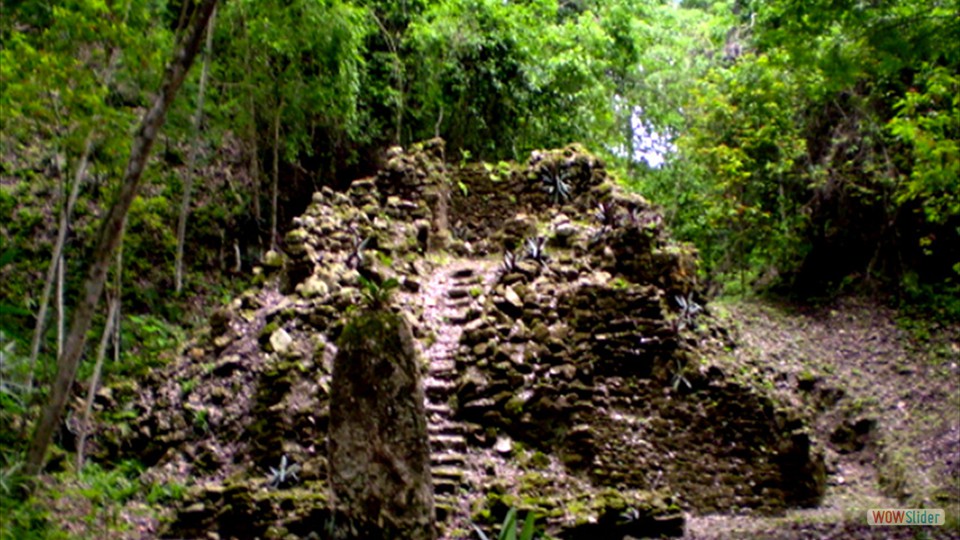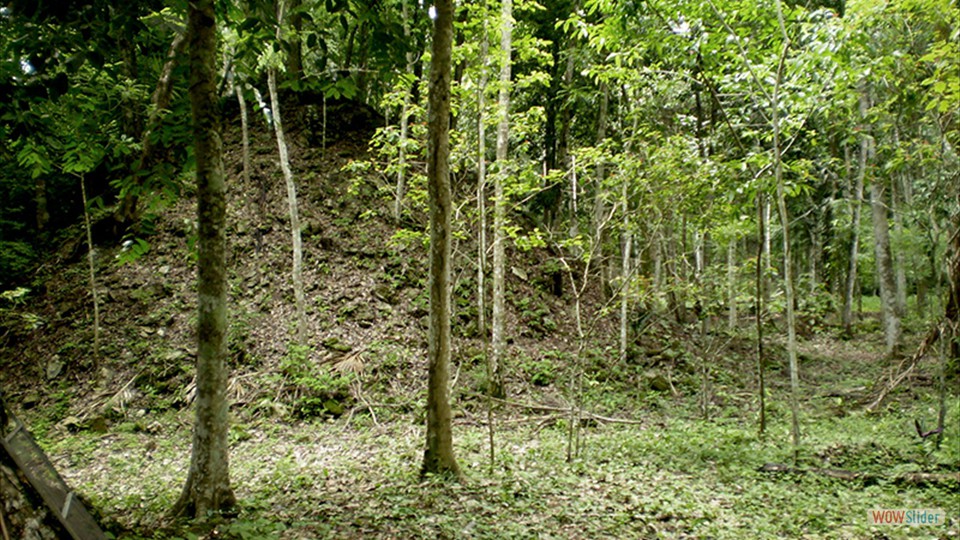La Milpa
During the Late Pre classic period (400 B.C.E. - 500 C.E. La Milpa was a small site located on a hilltop consisting of a few small pyramids and one reservoir, and a few stelae. In the early classis period it saw significant growth and became a major ceremonial center in northwestern Belize. La Milpa is composed of 11 plazas and about 50 buildings. A large public sector is dominated by some of the tallest temples raising to 66 feet are found surrounding this plaza. The southern part of the site is dominated by a secluded acropolis with three interior courts most likely occupied by royalty. La Milpa followed the same development pattern as other major centers of the region. The main buildings are representative of the Late and Terminal Classic period (700-850 C.E.) which was followed by a sudden collapse in the early9th century. The collapse signaled a massive depopulation of the interior regions. Most of La Milpa's people returned to the forest. The center of the site was first recorded in 1930 during a general survey of archaeological sites in the region. After the collapse a Yucatec long house in the main plaza indicates the occupation by an entirely different Maya culture.
Prior to starting a major excavation of the site in 1988, La Milpa area had been heavily looted. Several large looting trenches cut through many of the main temples. Today the site is monitored and protected by the 'Programme por Belize' a non-governmental organization form Belize City.
Much of La Milpa remains covered by tropical forest, wildlife abounds; troops of howler monkeys are heard in the surrounding forest. A rich bird fauna has been recorded. This area of Belize has one of the largest densities of jaguar in the country.




 1
1 2
2 3
3